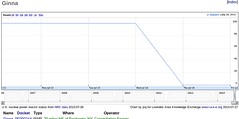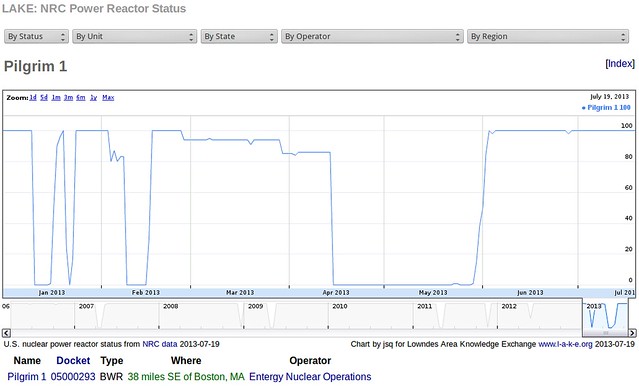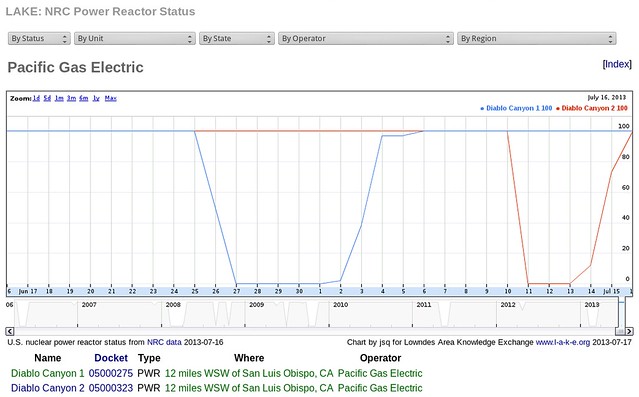No letters from Lowndes County back to Sabal Trail were included in
the open records response of last week, so should we conclude
the county has not authorized surveys on any of its properties?
 The request to Lowndes County was for correspondence with Sabal Trail Transmission LLC about the proposed
natural gas pipeline from Anniston, Alabama to Orlando, Florida,
and the response included
survey authorization forms for a list of
parcels owned by Lowndes County, plus assorted descriptions and
maps with very little detail.
Sabal Trail still didn’t have a contract with Florida Power and Light,
yet expected:
The request to Lowndes County was for correspondence with Sabal Trail Transmission LLC about the proposed
natural gas pipeline from Anniston, Alabama to Orlando, Florida,
and the response included
survey authorization forms for a list of
parcels owned by Lowndes County, plus assorted descriptions and
maps with very little detail.
Sabal Trail still didn’t have a contract with Florida Power and Light,
yet expected:
“Field survey work is scheduled to begin in September 2013.”
It looks like Sabal Trail sent letters about a bunch of parcels and then more about another one later. First they sent an introduction 19 June 2013 listing parcels 0146A-074-A, 0171 178, 0172 119, 0204 001, including a map. This appears to be the same map we’ve seen before posted by various news media:
![[Map: 36" Greenfield Pipeline Approx. 465 Miles]](http://www.l-a-k-e.org/govt/loco/pipeline/2013-07-25--sabal-trail/SCAN0450.jpg)
Map: 36" Greenfield Pipeline Approx. 465 Miles
Then they sent a letter 22 June 2013 with a survey authorization form for the same parcels. Then they sent separate letters 25 June 2013 for parcels 0146A-074-A, 0171 178, and 0172 119, 0204 001.
Also on 25 June 2013 Lowndes County Chairman Bill Slaughter informed us:
Lowndes County does not benefit from this proposal and has no responsibility for the approval other than that of a property owner potentially impacted by the proposed route as any other property owner in Lowndes County would be.
Apparently Sabal Trail thought of another one, because a few weeks later they sent a cover letter 15 July 2013 for Parcels 0098 003, 0098 004 with a slightly more detailed map, followed a few days later by a survey authorization form 19 July 2013.
Scans of all these letters are on the LAKE website.
-jsq
![[Map of Options A and B]](http://www.l-a-k-e.org/govt/loco/pipeline/2013-07-25--sabal-trail/SCAN0476.jpg)













